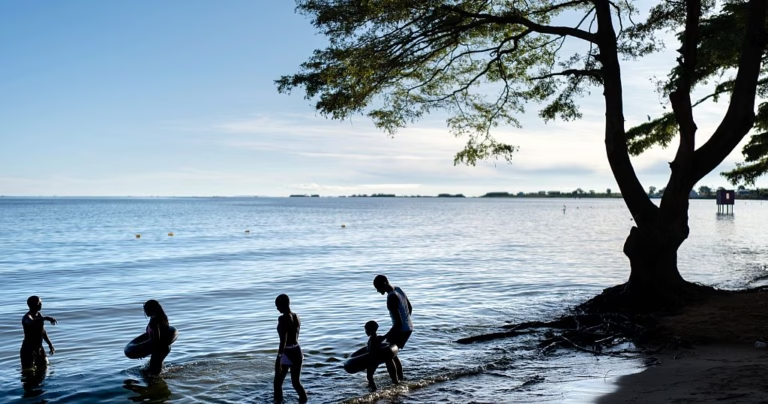
Per the WMO, 2024 is the third continuous year where all 19 glacier regions faced a net loss of mass.
Moreover, the WMO emphasized that five out of the past six years observed the fastest glacier retreat ever recorded, all linked to climate change.
Victoria Pacheco, a tour guide at the Perito Moreno Glacier, voiced her apprehension: “Even though this glacier has stayed stable for a century, it has shown substantial retreat over the last decade. It is dissipating at a faster rate than before, exhibiting a higher retreat rate in comparison to previous years.”
UNESCO describes glaciers as “delicate indicators” of climate change, as their contraction and ice loss mirror the escalating global temperatures. The organization cautions that if greenhouse gas emissions are not diminished, half of the globe’s glaciers might vanish by 2100, endangering freshwater supplies and ecosystems.
The UN has declared March 21 as World Glacier Day, highlighting the crucial function of glaciers in providing freshwater and advocating for worldwide actions to safeguard these vital resources before they disappear permanently.






